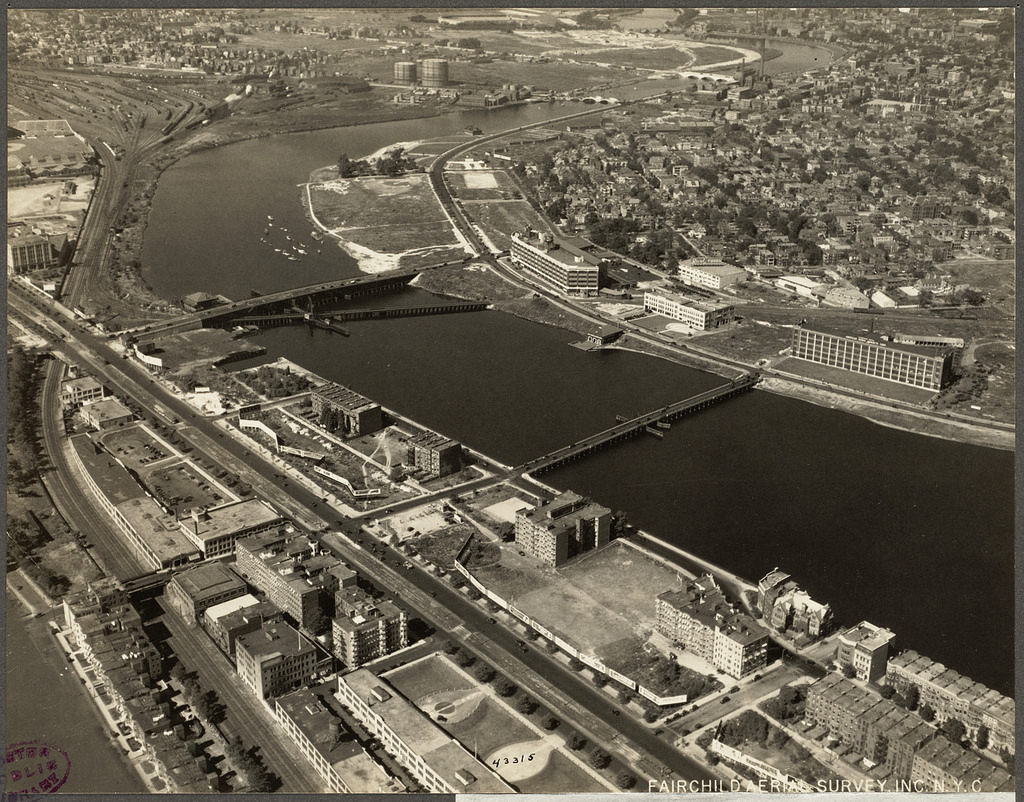The site for what would become Cambridge was chosen in December 1630, because it was located safely upriver from Boston Harbor, which made it easily defensible from attacks by enemy ships. Thomas Dudley, his daughter Anne Bradstreet and her husband Simon, were among the first settlers of the town.
The first houses were built in the spring of 1631. The settlement was initially referred to as "the newe towne".[5] Official Massachusetts records show the name capitalized as Newe Towne by 1632, and a single word, Newtowne, by 1638.[6] Located at the first convenient Charles River crossing west of Boston, Newe Towne was one of a number of towns (including Boston, Dorchester, Watertown, and Weymouth), founded by the 700 original Puritan colonists of the Massachusetts Bay Colony under governor John Winthrop.
The original village site is in the heart of today's Harvard Square. The marketplace where farmers brought in crops from surrounding towns to sell survives today as the small park at the corner of John F. Kennedy (J.F.K.) and Winthrop Streets, then at the edge of a salt marsh, since filled.
The town included a much larger area than the present city, with various outlying parts becoming independent towns over the years: Newton (originally Cambridge Village, then Newtown) in 1688,[7] Lexington (Cambridge Farms) in 1712, and both West Cambridge (originally Menotomy) and Brighton (Little Cambridge) in 1807.[8] Part of West Cambridge joined the new town of Belmont in 1859, and the rest of West Cambridge was renamed Arlington in 1867; Brighton was annexed by Boston in 1874. In the late 19th century, various schemes for annexing Cambridge itself to the city of Boston were pursued and rejected.[9][10]
In 1636, the Newe College (later renamed Harvard College, after benefactor John Harvard), was founded by the colony to train ministers. The Newe Towne (later named Cambridge) was chosen for the site of the new college by the Great and General Court (the Massachusetts legislature)...primarily, according to testimony by Cotton Mather, to be near the highly respected, popular Puritan preacher Thomas Shepard. By 1638, the name "Newe Towne" had "compacted by usage into 'Newtowne'."[5] In May 1638[11][12] the name was changed to Cambridge in honor of the university in Cambridge, England.[13]
......Cambridge was incorporated as a city in 1846. This was despite noticeable tensions between East Cambridge, Cambridgeport, and Old Cambridge that stemmed from differences in each area's culture, sources of income, and the national origins of the residents.[17] The city's commercial center began to shift from Harvard Square to Central Square, which became the downtown of the city around this time.


